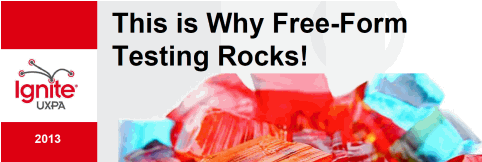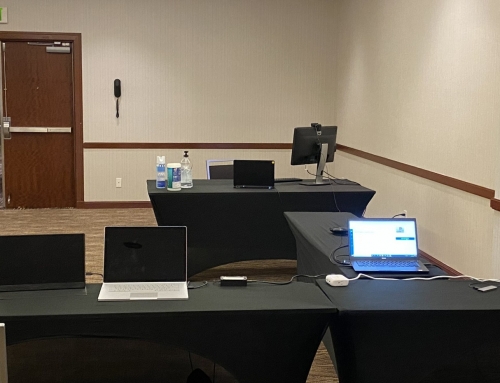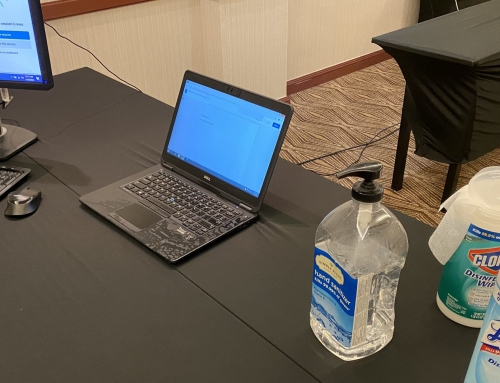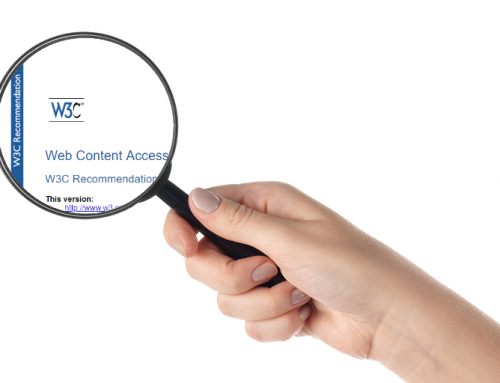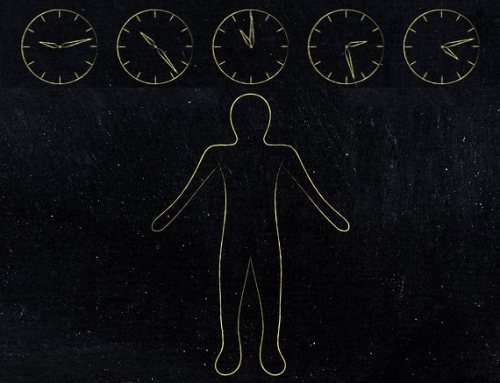At the UXPA 2013 conference that took place three weeks ago here in DC, I got to do my first Ignite talk thanks to Jonathan Strohl and Jen Romano Bergstrom who pulled me into a Fors Marsh led session on research methods.
What is Ignite?
For those not familiar with the Ignite format, presenters are expected to speak for 5 minutes using 20 slides that auto-advance at 15 second intervals. It was quite an interesting experience in and of itself, and one that I would certainly do again. That said, while I’m very comfortable speaking to groups, I admit to being a little nervous about being able to pull this off successfully. Normally in the first 5 minutes of a talk, I’d be introducing the topic, not providing an introduction, the core ideas, and a conclusion.

Free-form Testing and Jello
When Jonathan and Jen asked me to pick a research method topic that I would like to advocate for, I decided to pitch what I called “free-form testing,” which was just my way of saying that user researchers should not obsess with following a script to the point that research findings can’t be fully uncovered. While this may not be good advice when trying to provide quantitative results, a lot of user research, and what I usually do, involves small sample sizes and largely qualitative findings.
I was the second presenter in the series of 5 presenters, and when I got up to speak, I introduced my topic with a picture of Jello to represent flexibility and adaptation to one’s environment. While this was followed by 19 more illustrations, the Jello seemed to stand out most. So, when there was time for a Q&A, I made sure to reference the Jello in just about every answer. The answers that we all gave in the Q&A were extreme, but I had the most fun when Jen took a vocal stand against my research method. Our “disagreement,” as well as the Jello, followed me through to the end of the conference. Those that had been at the session told me how much they enjoyed it, particularly the Jello theme and the disagreement, and many who had not been at the session relayed that they had heard about the session from others.
Be flexible.
For primarily qualitative research, I believe that what makes a good user researcher is recognizing when a script makes sense as-is, for example with task wording and suggested probes, and also realizing when it does not make sense to stick to the script. At times, I’ve realized that based on a participant’s background, the question were not wholly appropriate. So I’ve adjusted the task question as was necessary. Other times I’ve added probing questions that were not in the original script because I wanted to verify a hunch or better understand a participant’s behavior.
Sync with others.
In addition, a key career skill in a variety of contexts is the ability to “sync” with others. That is, to get into lock-step with their body language, the way they speak, and the way they behave in order to really connect with them and to have them respond fully. To some extent this seems to be a native skill, something people either do naturally or they don’t. If at all possible, it’s important to sync with participants in order to understand how and why they do what they do with the technology, and to adapt appropriately.
Apply flexibility to reports too.
This same flexibility should be applied to reports too. While I know that I need to stick to whatever reporting constraints are put on me by my clients, whenever there is an allowance for flexibility, I like to let the report structure jump out at me in the same way that a stereogram image will jump out and appear three-dimensional when you stare at it long enough. In short, each report has something unique and special to convey, and the way that it’s best conveyed is likely going to be different for different sets of results.
Research becomes more exciting.
I am a user experience thrill seeker and am always trying to find adventure in my work. By being flexible and doing whatever it takes to successfully meet the end goals and answer the most critical research questions, the research process itself becomes more exciting.
Let stakeholders know.
While I always encourage stakeholders to watch sessions, my only word of caution to those who want to be more flexible is that stakeholders are informed that the script is not going to be followed verbatim and that they should trust the user researcher to adapt as appropriate to provide the answers that the stakeholder needs.
Soon to be posted at Ignite.
As I understand it, the UXPA 2013 Ignite session recordings will be posted on the Ignite website. Look for a link here as soon as it goes live.
